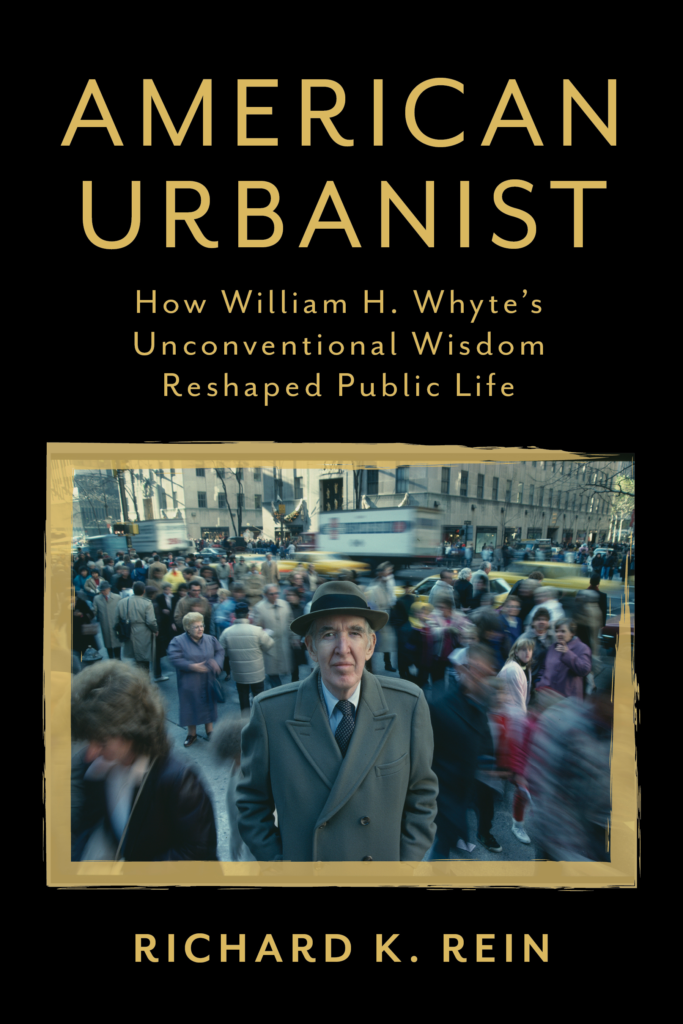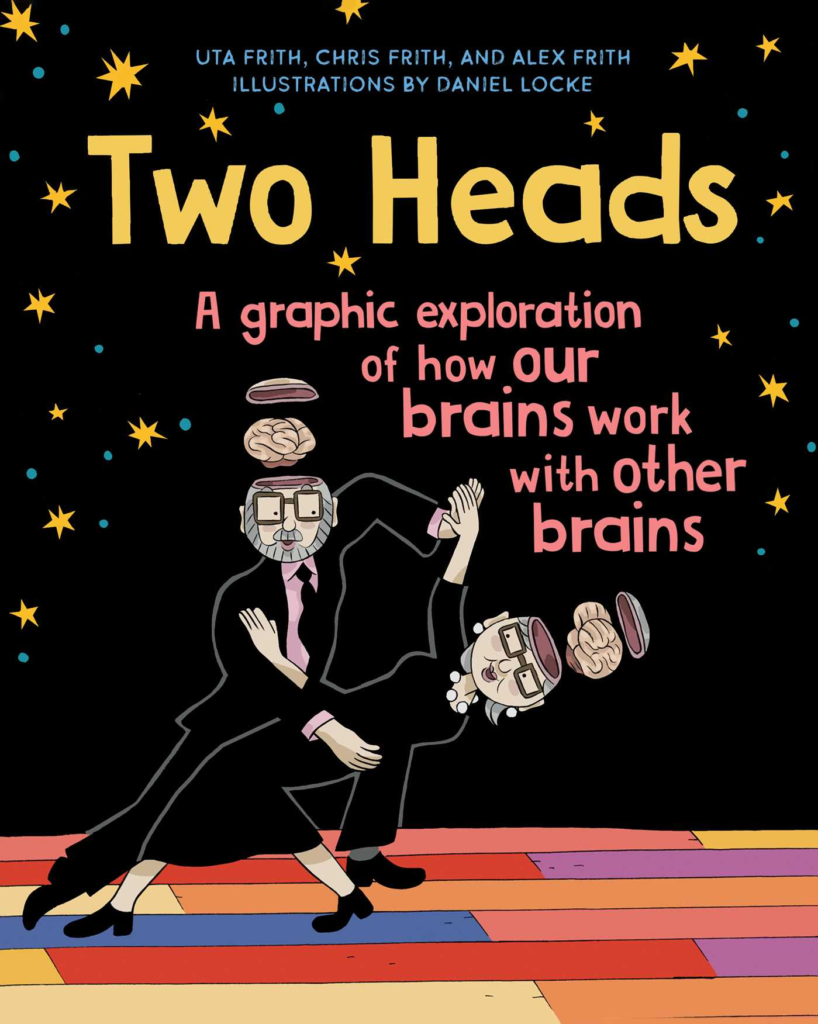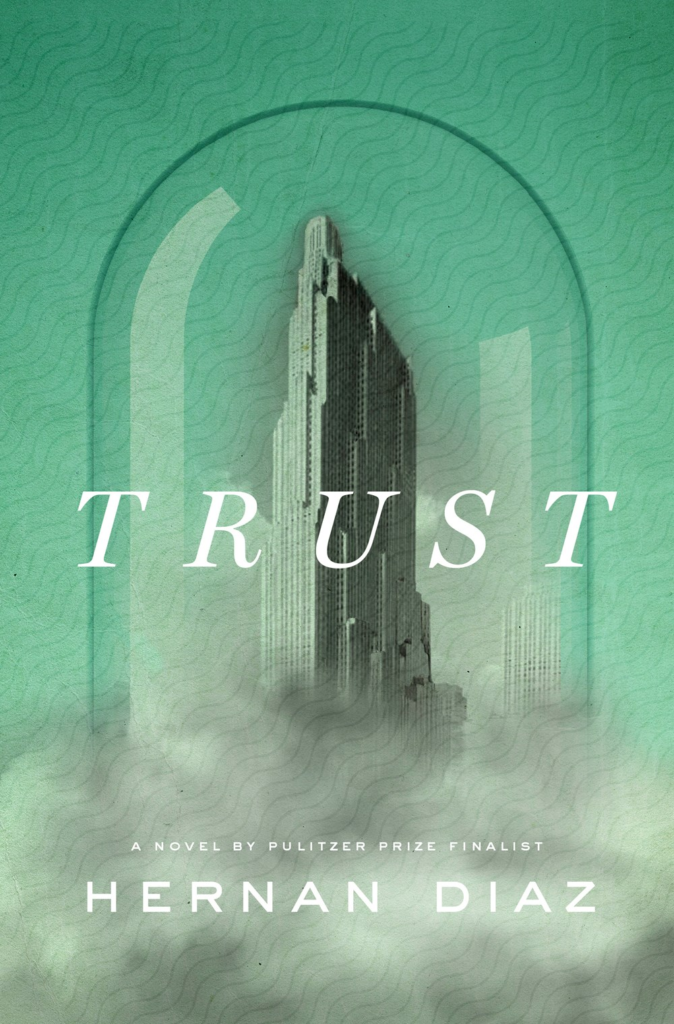My family just returned from 2 weeks in Japan, broken up as such:
- Tokyo (4 full days, plus the evening of the day we landed)
- Japanese Alps
- Matsumoto (1 day)
- Takayama (2 days)
- Kyoto (3.5 days)
- Osaka (2.5 days)
This is very much a first-timer’s trip, hitting the main three cities. We added the Alps to get away from dense urban spaces for a bit, and also for the historic towns and spaces.
More Tokyo, Less Kyoto
Upon reflection, we could have spent much more time in Tokyo. You could spend a week, easily, and never see the same thing twice, never get bored, especially if you day-trip to Yokohama or Nikko.
Guidebooks love Kyoto, but the reality is it’s a city of shrines, gardens, and tourists—lots of tourists. It’s stuck in amber, looking back. It lacks vitality and relevance. There are lovely qualities, for sure, but unless you’re really into temples, two days in town is plenty.
Definitely make time for Osaka
Osaka is not a sight-seeing city. It’s a working city, with many distinct neighborhoods, a variety of foods (including the only street food we found in Japan; Tokyo and Kyoto are not street food cities), and bustling nightlife. It reminded me of southern European cities in that way—you get the sense that the nighttime is the right time in Osaka. It’s probably a city best enjoyed without children.
Osaka feels forward-looking, relevant, and surprising. Quests for coffee take you down back alleys teeming with life, art, and human connection.
Where you stay matters
In both Tokyo and Kyoto, our lodging proved a bit too distant from where things were, and the added 15-20 minutes definitely took its toll (and discouraged us from some evenings out). In Tokyo we stayed in the Kyodo neighborhood, a peaceful residential area. If I were to do it again, I’d look for places in Shimokitazawa (closer to the center, though still west of Shibuya) or even just a quiet part of Shibuya (though it can get quite expensive).
In Kyoto, we stayed south of the train station, but most of what you want to do is in the north of the city. I’d avoid Gion (tourist hell), but areas around Nakagyo are ideally situated.
Tokyo
Recognizing that 4 days in a city of 37 million people means that we barely scratched the surface, but some distinct experiences worth sharing:
While Akihabara has become the new home of otaku culture, I found it sterile. Far more interesting was Nakano Broadway, a warren of weird little stores, with assortments including retro toys, dolls, anime and manga merch, watches (lots and lots of watches), pop culture, crammed into about 4 stories. It feels distinctly human-scale and anti-corporate (compared to places like Animate).
Even though the fish trading has moved elsewhere, Tsukiji Outer Market warrants a visit, if only for the efficiency of all that food (mostly seafood) in such a small area, with so much variety to try. No particular vendor stood out for me.
I regret we didn’t have more time to explore Asakusa—we visited it on a tour (after Tsukiji) and were pretty tired after a couple hours. That said, I had a strangely blissful cortado at Fuglen Asakusa, sitting out front, watching the world pass by. It began my Japanese quest for ‘coffee with vibes,’ for which I found a number of worthwhile entrants.
Restaurant Komani, on the campus of University of Tokyo, provided an excellent cafeteria style lunch. The restaurant prides itself in local sourcing, and the dishes (in particular the mackerel) were excellent. It’s a little out of the way, but worthwhile if you’re looking for something a little lighter, cleaner, and easier.
Ueno Park proved uninspiring, but just to its north is Yanaka and Nippori, neighborhoods with pre-WWII architecture, human scale, and quality shopping. Definitely worth going a little out of your way.
Near one of the nuttiest shopping streets in all Tokyo (Takeshita Street in Harajuku, a place I hope to never return) is, perhaps ironically, Meiji Jingu, a Shinto shrine whose approach, a long forested walk, was serene, peaceful, and energizing.
Stacy and Dorothy treasured the treats they got from Shiro-Hige’s Cream Puff Factory, specifically the Totoro-shaped cream puffs.
There are two TeamLabs in Tokyo, and we chose TeamLab Planets, but the commute to get there and back was quite extensive (and there’s not much else to do around it), and so I’d recommend starting with TeamLab Borderless, which is more central.
Matsumoto
I can’t say Matsumoto was a particular highlight of a city. It was a perfectly fine waystation for the Japanese Alps. If you find yourself here, we did find a few delights:
Matsumoto “Castle” is more of a keep. It’s a holding pen for warriors when the area is attacked. It’s one of the few original constructions left, and was worth seeing since we were in town.
Kobayashi Soba offered an excellent set lunch, with which Stacy and I had a sake flight, a couple of which were truly delicious.
Mount Desert Island Ice Cream had easily the best ice cream we enjoyed on this trip. It’s a curious spot—a Japanese outpost of an ice cream store based in Maine. Anyway, the Ishii Miso Butterscotch was nearly worth the trip to Matsumoto.
Alps Coffee Lab definitely delivered vibes, from the choose-your-own beans to the big picture window overlooking the river.
Takayama
The raison d’etre for staying here was visiting Shirakawa-go, a UNESCO World Heritage site as a historic village, best known for gassho-zuruki, massive farmhouses with thick, steep straw roofs, designed to handle heavy snow. The highlight here is the open-air museum, a collection of houses that also tells the story of the area.
We took part in a sake tasting at the Harada Brewery, which was decidedly mediocre. I think they don’t put out the good stuff for this experience.
The Showa-Kan Museum provides a sense of Japanese life in the Showa era, but came across as cluttered, and lacked any interpretation.
Far and away, the in-town highlight was Yu, a cocktail bar staffed by a mixologist, a robust and outgoing middle-aged man whipping up drinks, and a server, a nattily-dressed, more severe (though still friendly) younger man, all in the most charming setting you’ve ever enjoyed a drink in.
Kyoto
Perhaps the single best meal on our trip was at restaurant muni, where we ordered omakase, and had an array of treats including a fried salmon burger, foie gras, wagyu beef, and more.
Kiyomizo-deru just made me mad. The temple and surrounding areas are just crawling with folks. Avoid it.
Our best temple experience began at Higashiyama Jisho-ji, with a delightful garden, and then a peaceful wander down the Philosopher’s Path (where we were encouraged to sail flower boats, and came across an older man listening to opera while doing his morning calisthenics) ending in Nanzen-ji for a quality temple visit.
In Arashiyama, Monkey Park proved non-essential, but the garden at Sogenchi Teien and the Bamboo Garden were very pleasant (especially as we were approaching dusk, so it wasn’t too busy).
The torii gates in Fushimi-Inari are definitely worth the visit—just go early or late to avoid the crowds.
Day-trip to Nara
Nara was as close to ‘magical’ as we experienced in Japan, for two reasons:
- Isiuen Garden (my favorite garden we saw, and probably a top 3 experience over all)
- Feeding deer (they really are everywhere, and it’s as cool as you’d hope)
The ginormous Buddha at Todai-ji is undoubtedly impressive, too.
We day-tripped from Kyoto, but you could just as easily do so from Osaka.
Osaka
Unsurprisingly, the best okonomiyaki we had was in Osaka, at Okonomiyaki Tsuruya. Technically, I had negi-yaki (green onion pancake style). I then did a happy dance.
We experienced Shinsekai through a delightful walking food tour, trying about 15 different dishes at 5 different places, ranging from izakaya to whisky bar.
Of personal interest was The Silver Ball Planet, a ginormous pinball arcade in Amerika-mura.
Nakazakicho is a must-visit neighborhood, a kind of scavenger hunt of cool in the north of the city. Dorothy drew a lot of inspiration from Gallery IYN. I had tasty coffee (with vibes) at Pauhana, a one-man operation in a converted container box. And we adored our shave ice desserts from Osaka Naniwaya.









